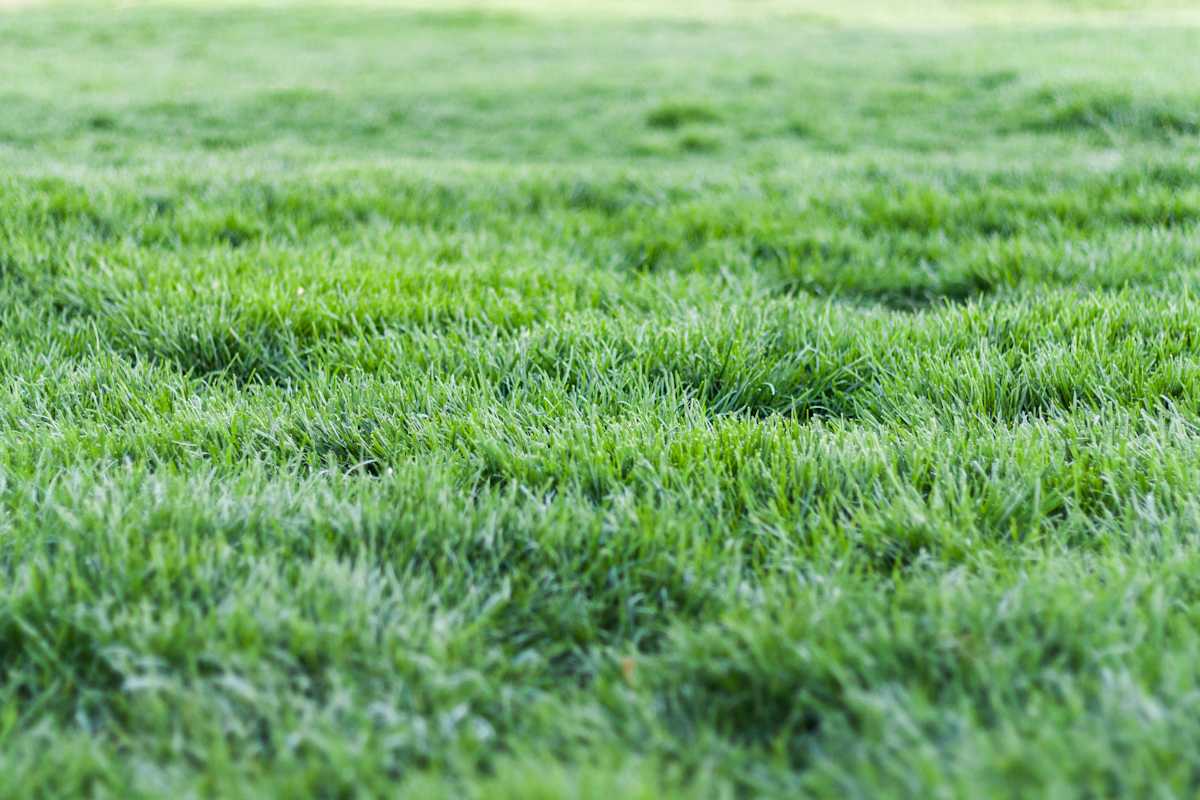Top dress the lawn – when, how and why
Top dressing your lawn is a proven method for creating a more even, greener, and healthier lawn surface. It involves spreading a thin layer of soil or sand over the grass – improving soil structure, drainage, and growth.
In this guide, we’ll explain why top dressing is beneficial, how to do it, what kind of material to use – and when in the year it’s best to apply it.
Why should you top dress your lawn?
There are several reasons to top dress a lawn – here are the most common:
Smooth out uneven patches and holes in the lawn
Improve soil structure and increase oxygen flow
Stimulate new growth
Enhance drainage
Repair wear and damage
Boost the effect of overseeding – topdressing helps seeds make contact with soil and germinate evenly
It’s simply a key part of long-term lawn care.
When should you top dress the lawn?
The best time to top dress is in spring (April–May) or late summer to early autumn (August–September), when the grass is actively growing and can recover quickly. Avoid top dressing during drought or extreme heat.
How to top dress your lawn – step by step
Mow the grass to about 3–4 cm before you begin.
Prepare the dressing material – sand, soil, or a ready-mixed topsoil.
Spread an even layer of topdressing, about 3–10 mm thick.
Use a level lute or broom to distribute the material evenly.
Water the lawn after top dressing to help settle the material around the grass roots.
Wait to mow again until the grass has grown through the topdressing layer.
What type of material is used for topdressing?
You can choose from several types depending on your purpose:
Lawn topsoil – a blend of sand, soil, and compost
Sand topdressing – for improving drainage
Garden soil or play sand – if mixing yourself
Grit sand – less common, used on sports fields
How much topdressing do you need?
That depends on how uneven the surface is and your goals. In general:
About 1 liter/m² for light maintenance
Up to 5 liters/m² for levelling deeper dips or when overseeding
Helpful tools for topdressing
Level lute – for smooth distribution
Shovel or wheelbarrow – for transporting material
Drop spreader or rake – for large areas
Garden hose with spray nozzle – to settle the material
Do you need help in your garden? Read more about our gardening services here and contact us for help.
Frequently asked questions about top dressing your lawn:
Should I overseed before or after topdressing?
Before. The topdressing protects the seeds and helps them germinate more evenly.
Top dress before or after scarifying?
After scarifying – this opens up the soil so the topdressing can integrate better.
How often should I top dress my lawn?
Once a year is enough for most lawns. New or uneven lawns may need it more often.
Should I use sand or soil?
Sand improves drainage; soil adds nutrients. A mix is usually best for standard residential lawns.
